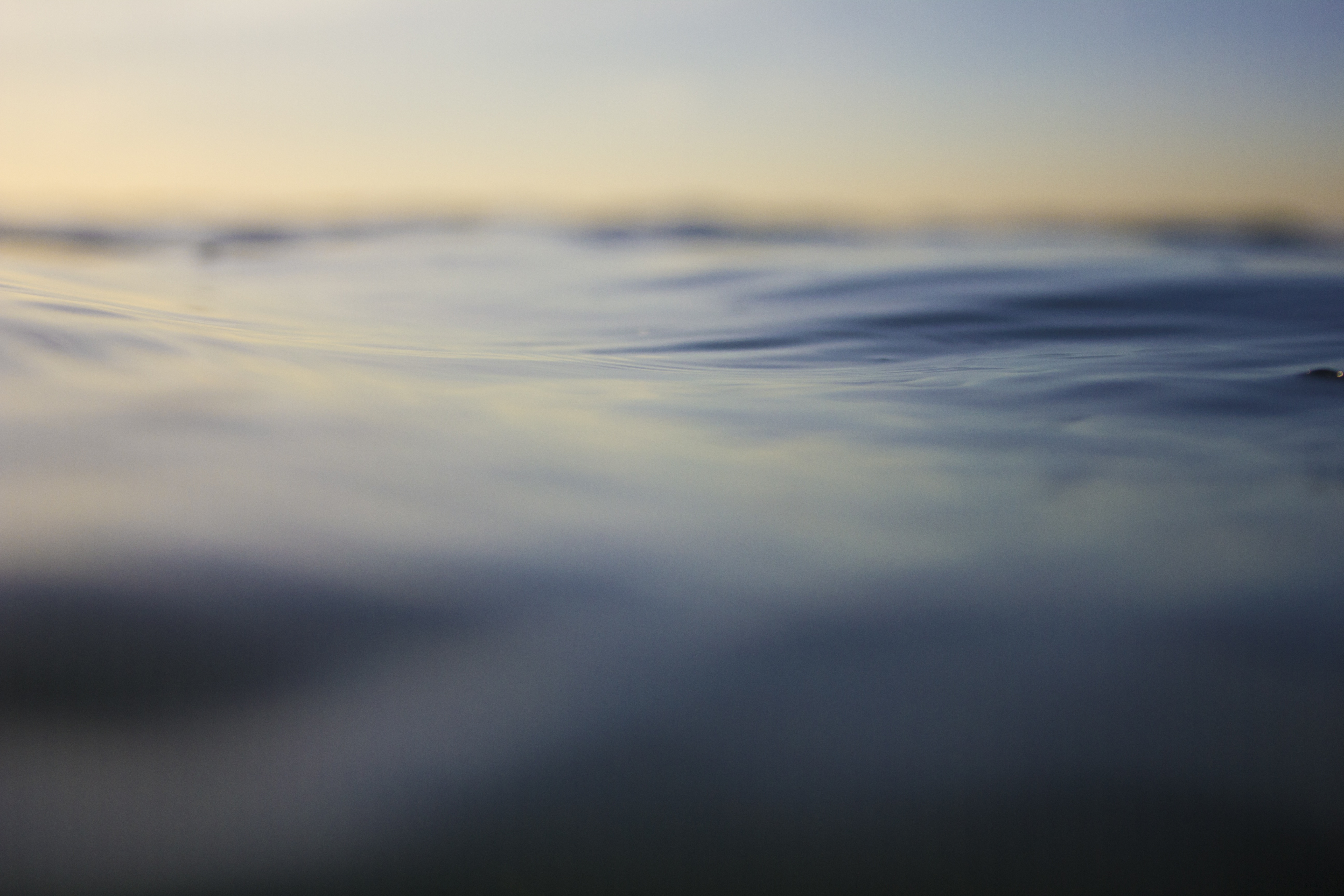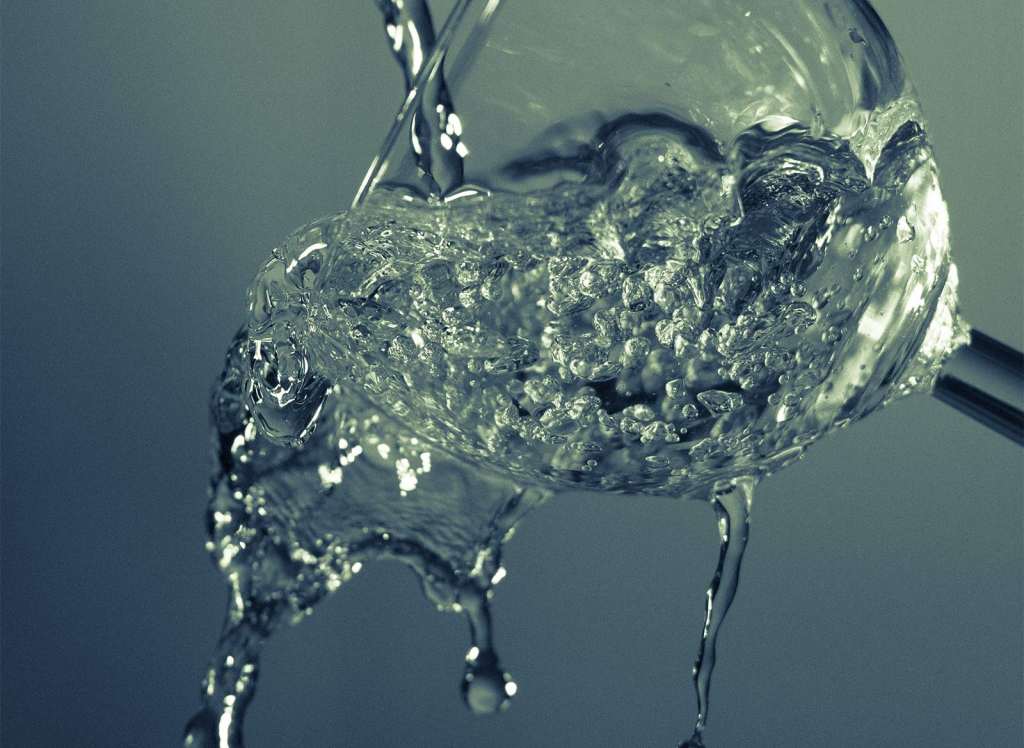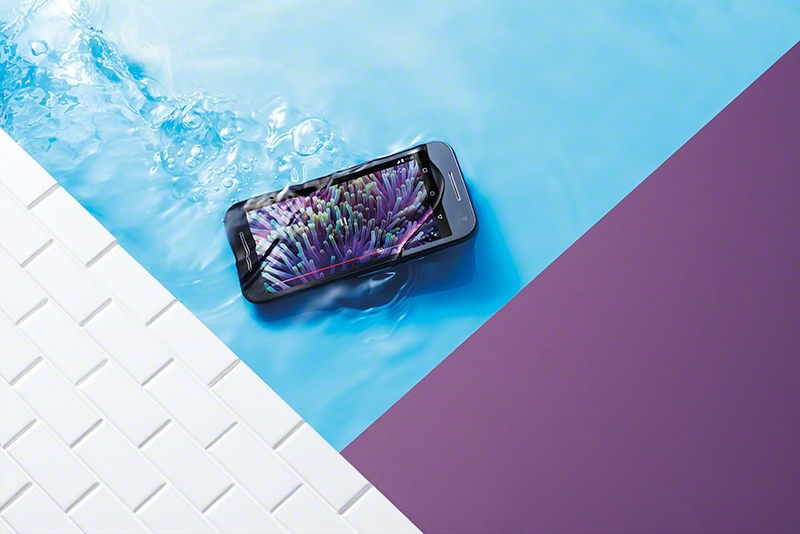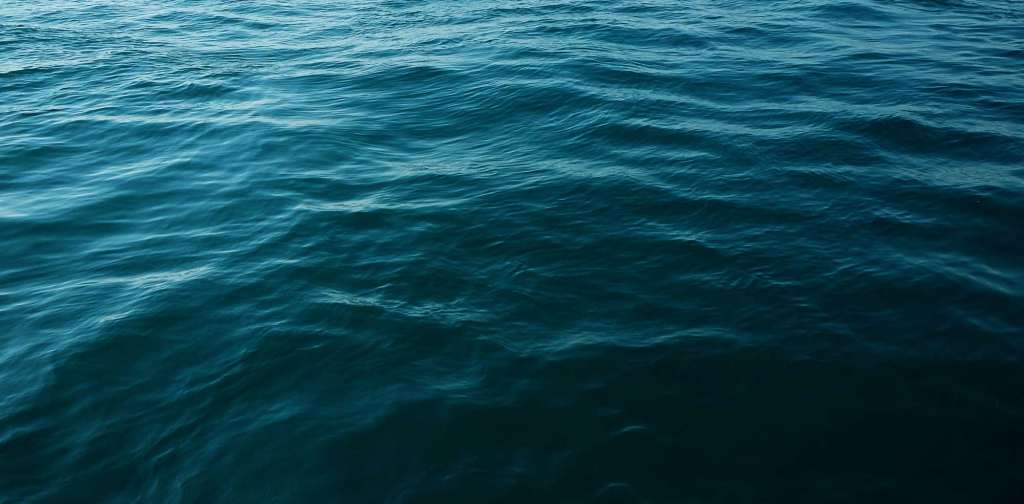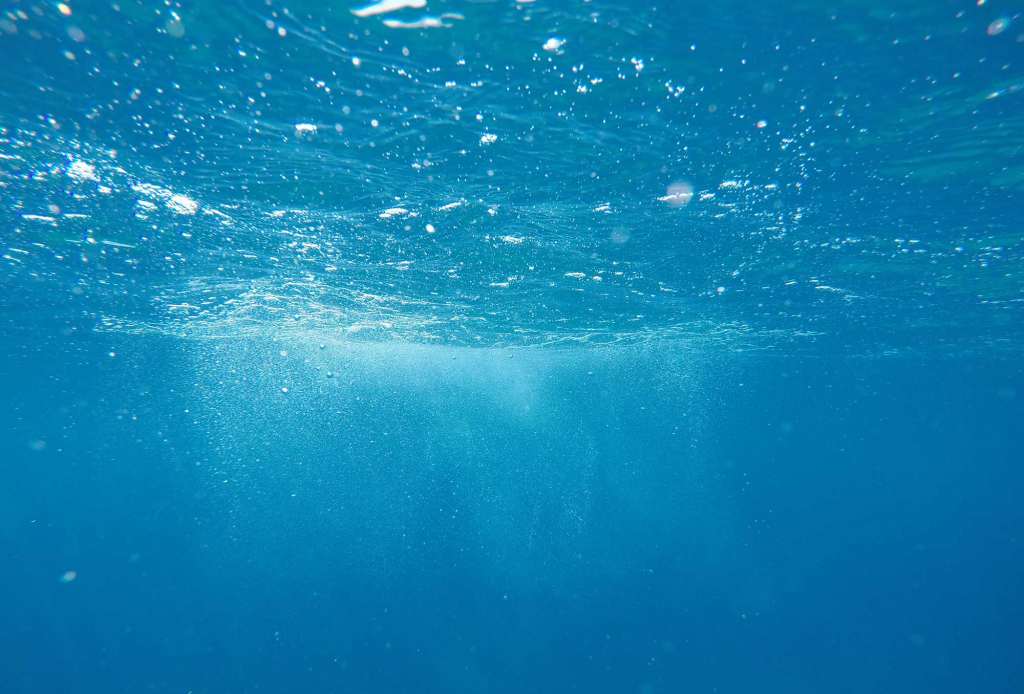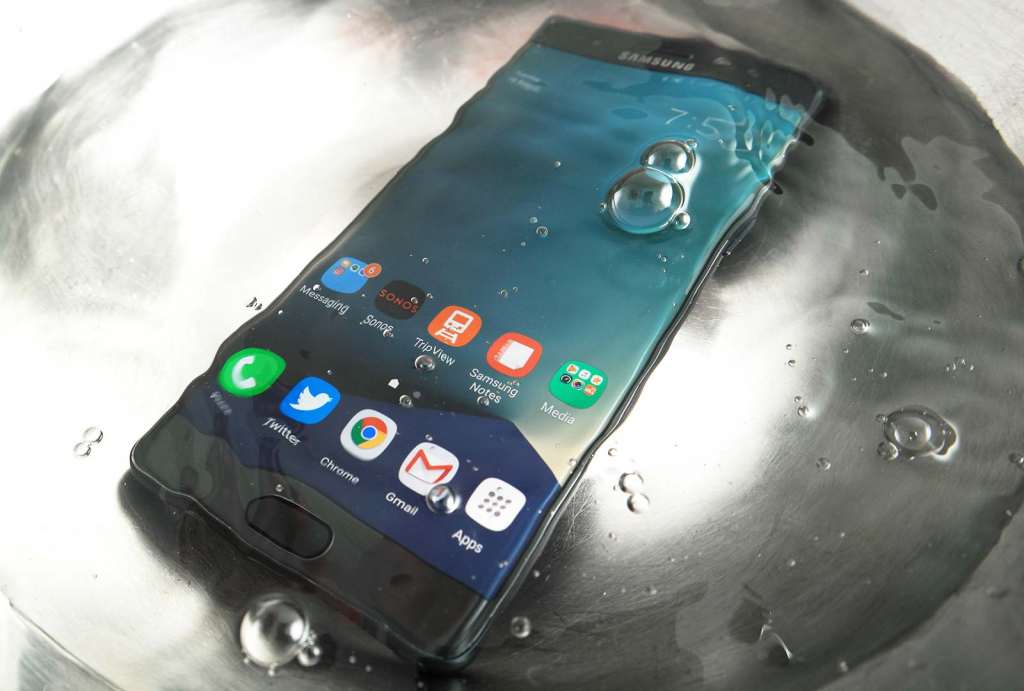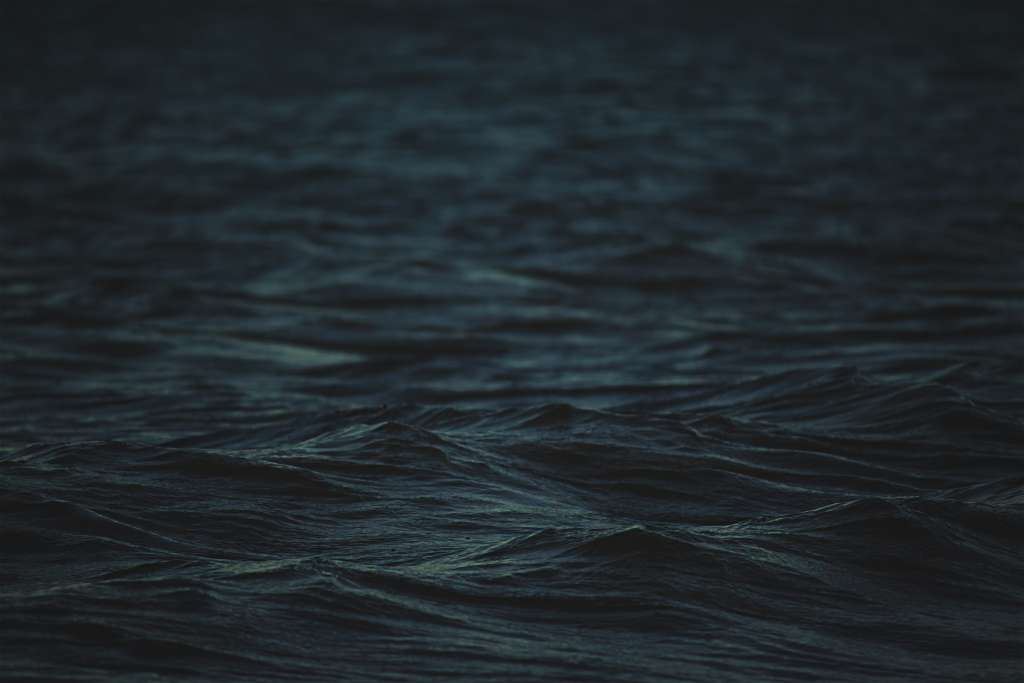More and more devices are getting in touch with their water friendly side. Sony has held onto water resistance for years, and with Samsung featuring a degree of water-proofing and Apple expected to in the new iPhone, it’s clear that resistance to the elements is a big deal, but what does it even mean?
For instance, can you take a water-resistant phone into the pool? Can you take a water-proof phone to the beach and into the water to take pictures of your friends?
Is the term “waterproof” even a valid one, or is it just a marketing term there to say the phone will survive a chance encounter with rain or an accidentally spilled drink?
If you’ve ever wondered what exactly “waterproof” and “water-resistant” mean for smartphones or what that whole “IP” thing is, we’ll tell you, so you’ll never be confused again.
“Water-resistant” versus “waterproof”
Before getting stuck into the whole thing, we need to look at the terms. Specifically, there’s the difference between the terms and the automatic confusion that tends to arise when either are mentioned.
Few devices, for instance, are “waterproof”, so it’s best to just throw that word out of your vocabulary in 2016.
Maybe by 2030 we’ll have gadgets that can survive every type of water, every depth of water, and an unlimited amount of time under water, but since these are all factors to what make something “waterproof”, best to replace that word with something else.
Let’s go with “water-resistant”, because when a phone or camera company says something is waterproof or water-friendly, they almost always mean water-resistant.
These devices tend to be treated in water-resistant materials with designs that make it harder for liquid to get in and do serious damage. More on how that works in a moment.
As a side note, if a product is labelled as “splash-resistant” or “splash-proof”, it is different again, with a modicum of resistance that qualifies it to survive quite literally what it says on the label: splashing, but no immersion.
The “IP” thing
So now that we’ve knocked the marketing terms on their proverbial heads, we need to understand the real terms: IP ratings.
Every device that sports some amount of water-resistance has likely gone through the proper channels to get its certification as water friendly, and the most used rating is known as “Ingress Protection” or “IP”, which is quite clearly the first letter of each word. Technically it stands for “International Protection”, but most people in technology have referred to it as “Ingress Protection” because of what it represents, so we’ll just keep going with that train of thought.
Ingress Protection ratings specifically declare resistance by way of two numbers, with the first number about a product’s resistance to dust, while the second is about liquid.
That’s the first thing you’ll learn about IP ratings: it’s not solely for water or liquid, but rather for elements that can make their way into a gadget to destroy it.
And that means dust and liquid, with the two numbers representing the level of strength each has to ward them off.
Take the number “IP67”, which is the rating Apple has been bestowed for its iPhone 7, and seems a perfectly suitable rating to pull apart, especially since people will be asking what this means.
The first number in an IP rating is for dust, or more effectively referred to a “solid particles”. These elements are more likely to be dust, but given the nature of some IP ratings, can mean large objects, too. For smartphones and devices with small holes and grills, dust is the primary particle being protected against.
This first number is rated between 0 to 6, and then X, and the higher the number, the more resistance: zero (0) is no protection, five (5) is dust protected, and six (6) is dust tight, which means in the “IP67” rating for the Apple iPhone 7 and iPhone 7 Plus, the “6” indicates the phones are dust tight.
The “X”, by the way (which does rear its head every so often), generally indicates the test wasn’t done, so while it might be dust-resistant, if there’s an “X” where the dust number should be, it’s an unknown. These occasionally pop up in IP scores of “IPX7” or “IPX8”.
The second number is about liquid, and really it’s the one that you should pay attention to, especially if you’re planning on taking the phone near water.
Again, this rating works from numbers, with a rating from 0 to 9, and much the like the dust resistance, the higher the number, the better the result: zero (0) means no resistance to liquid, five (5) means resistance to water jets like in a shower or with a tap, six (6) is powerful water jets, seven (7) is total immersion up to one metre of depth, while eight (8) is total immersion in liquid below one metre, with both of the latter tests handled for periods of 30 minutes or less. The last score — 9K — is about very powerful water jets, which is something few gadgets need to be tested against, making eight (8) the one gadget manufacturer generally try to aim for.
That means the IP67 score of Apple’s iPhone 7 and 7 Plus for water immersion up to one metre, which means it might be good for a shallow pool of water, but that it’ s not built for heavy pressure.
On the other hand, phones with an IP68 rating can generally survive deeper immersion in water, stretching down to before one metre of water.
Interestingly, though, the type of water plays into this in a big way, so even if you follow the directions completely and think your phone will survive because you’ve done exactly what the warnings and suggestions recommend, you may run into some barriers.
Types of water
Unfortunately, water type is the part that generally annoys people thoroughly, and that is simply because when something is advertised to us as “water-resistant” or “water-friendly”, we instantly imagine a swimming pool or heading to the beach.
Frustratingly, IP ratings do not take into account water that isn’t clear.
That means that if you think an IP68 rated phone is suitable for the beach and has been tested to survive a swim in the surf, you are sadly mistaken.
Rather, the water IP ratings test for is known as “clearwater” or “freshwater”, and it goes by a more common name: tap water.
The same crystal clear water you drink is the very same water an ingress test works with, because outside of the chemical formulation or treatment options in various parts of the world, it is pretty much the same and carries no extra elements that are likely to erode or destroy technology if it were to seep in.
That’s very different from that of salt water, with residual potassium chloride left over from the ocean that can rust and erode contacts when left untreated or rinsed from the product.
Chlorine hasn’t been tested in similar ways (as far as we know), but the same problem can apply, especially since different swimming pools contain different amounts of chlorine in them, and chlorination might end up wearing out technological parts, too.
It’s not even that the IP rating hasn’t been tested for the water type, either. There’s no question that an IP67 or IP68 phone will survive immersion of most light liquids to any depth; rather, the issue is more that of time.
How long does it take for the salt left over from saline or ocean water to dry up and affect technological components? How long until chlorination breaks down connectors in a smartphone or tablet?
That’s a question IP ratings tests aren’t designed to answer, and so they’re not tested against mineral- or chlorine-rich liquids, and so the ratings which sound like they may apply to all liquids technically are only valid for water.
We’re talking plain simple, crystal clear, the stuff you can drink, water.
The solution
Despite those warnings, we know that most people will take their so-called “water-resistant” phone into the ocean and into the pool. It’s human nature to here the words “water-resistant” and to know all the fun activities that means, and marketing has to take some of the blame.
In fact, the marketing for some of these water-resistant phones is completely to blame, with people in pools and heading to the beach and splashes and the sort, all while no terms and conditions on the billboards or bus signs exists because that would ruin the very nature of the ad in the first place.
So everyone knows you’re going to take these products in the water types you’re not supposed to take them in.
The Samsung Galaxy S7, S7 Edge, and Note 7 are all rated for IP68, as is the Sony Xperia X Performance and quite a few more of Sony’s handsets, and that means all of these can be taken quite far down into the water, going down below a metre and used without fear.
That means people are definitely heading into the ocean or pool to take snaps, because what else do you use a water-resistant phone with a camera for?
And Apple’s iPhone 7 and iPhone 7 Plus will of course be used by people who automatically assume the IP rating is good for going underwater with, because why would Apple release a phone that wasn’t made for this when it said it was “water-resistant”?
But the water type will play into it, and that’s if the immersion rating doesn’t, so the best way to handle this is to follow these directions:
When you take the phone into liquids like salt-water or pool water, wash it off later on before you let the liquids dry.
We’re going to say this again just to get this message well and truly clear, as clear as the water the IP ratings were designed for, because it is necessary to understand this perfectly.
*Ahem*
When you take a water-resistant phone into the sea, into the ocean, into a pool, or into anything other than a bowl of tap water, make sure to run it under the tap later on before you let the liquid dry.
This method isn’t going to secure your phone from the untested liquids, but it has a better chance of survival than a phone without, simply because washing the extra elements off or diluting them down with freshwater will likely do less harm than leaving them with the untested water types.
More resistance
If you feel like you need more resistance to the elements, the best method for you isn’t to take the phone out in a boat and hope for the best, but rather to buy a case specifically designed to give the phone more chance of survival.
Quite a few manufacturers make this type of case, and they include the likes of LifeProof, Otterbox, Incipio, Tech21, Mophie, and countless others. Just look for a heavy casing with water-blocked port gaskets and you’ll be somewhat there.
Oh, and look for a better IP rating, because if the phone is only IP65 and the case you’re buying is IP65 also, you’re not exactly getting bang for your buck there.


